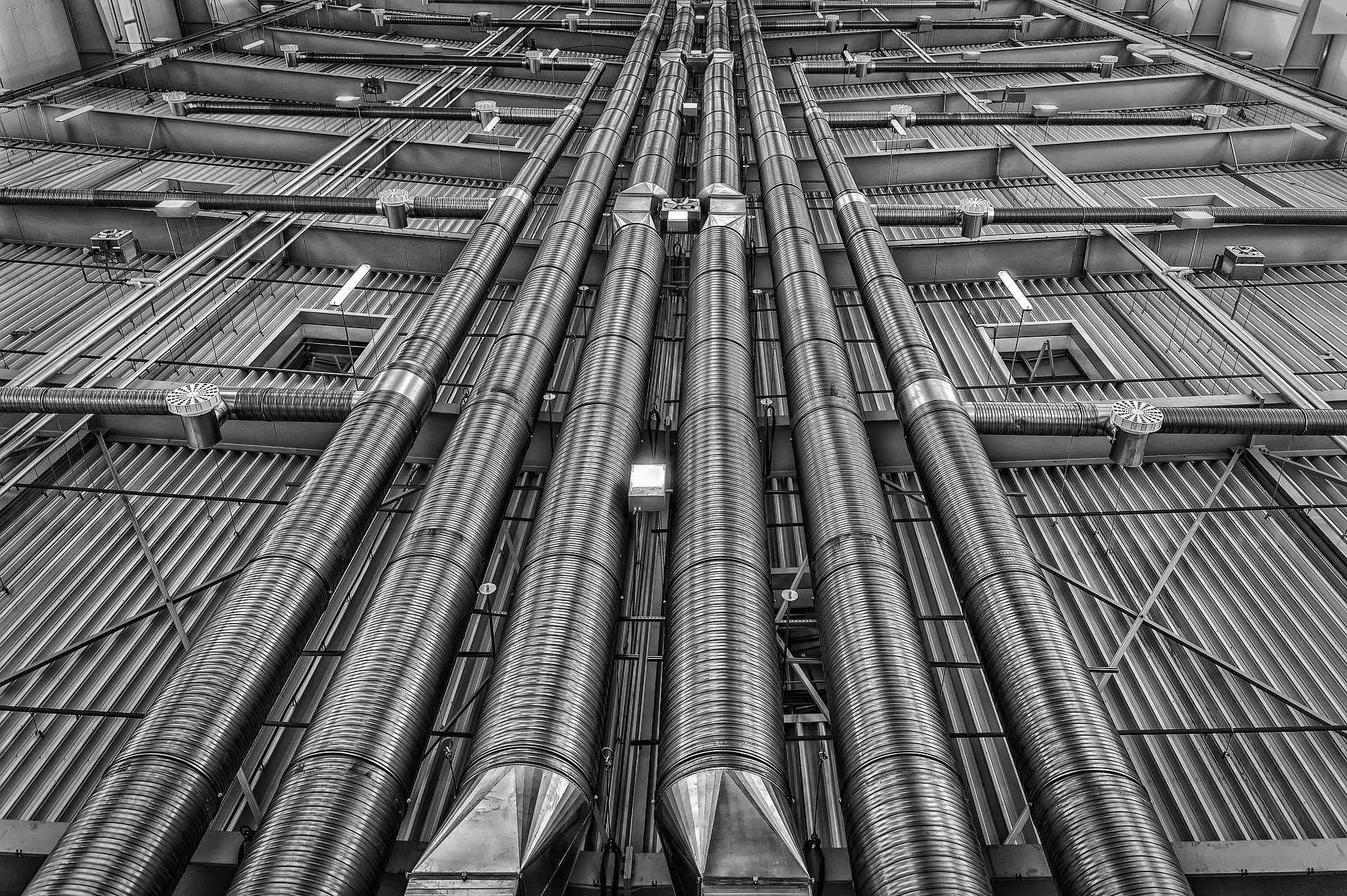23-0213/
Blog
Cybercrime is a global reality in today’s world and one which shows no sign of going away anytime soon. It is pretty telling that the World Economic Forum listed “Widespread cybercrime and cyber insecurity” for the first time in its Global Risks report 2023. Once a nuisance to users on the internet, cybercrime has evolved into both a massive multibillion-dollar industry AND a weapon to aid real-world conflict.

Attacks like Distributed Denial of Service Attacks (DDOS) and ransomware were just used to make money but now can be used to target governments and critical infrastructure as part of an overall military strategy. The recent report, “2022 Official Cybercrime Report by Cybersecurity Ventures,” put ransomware as the most immediate cyber threat to both governments and companies globally.
Critical Infrastructure - A blind spot
Cybercrimes have always had the potential to disrupt a person’s livelihood due to the financial impact, but attacks on critical infrastructure have the potential to disrupt entire societies. People take services like electricity, transportation, communication, water, and fuel supply as granted for the normal functioning of society, and an attack designed to impact these services can cause widespread panic.
It can also aid in eroding the confidence in the current government and help the spread of propaganda
There is also, of course, a direct impact on life if services like the power grid or medical services are impacted. Cybercriminals are well aware of this, which is why cyberattacks have taken on a much more sinister form these last couple of years, being executed in parallel with real-world attacks.
Consider the below:
-
Compromising the systems that control the water supply of a country can result in water supply contamination and a subsequent health emergency
-
Disrupting the power grid can result in widespread blackouts which would have a cascading effect on other critical functions like communications, healthcare, and transport services.
-
Similarly attacking the financial system can have widespread economic impacts leading to widespread panic and loss of confidence in the financial system.
These attacks are designed not for financial benefit but for spreading fear and chaos and disrupting the very fabric of society.
Key attacks on critical infrastructure

Europe is no stranger to such attacks both in the past and current as evidenced by the recent Russia-Ukraine conflict.
A few notable events are listed below:
-
Ukraine’s power grid was targeted in 2015 and 2016, resulting in massive power outages by a Russian state-sponsored group called Sandworm.